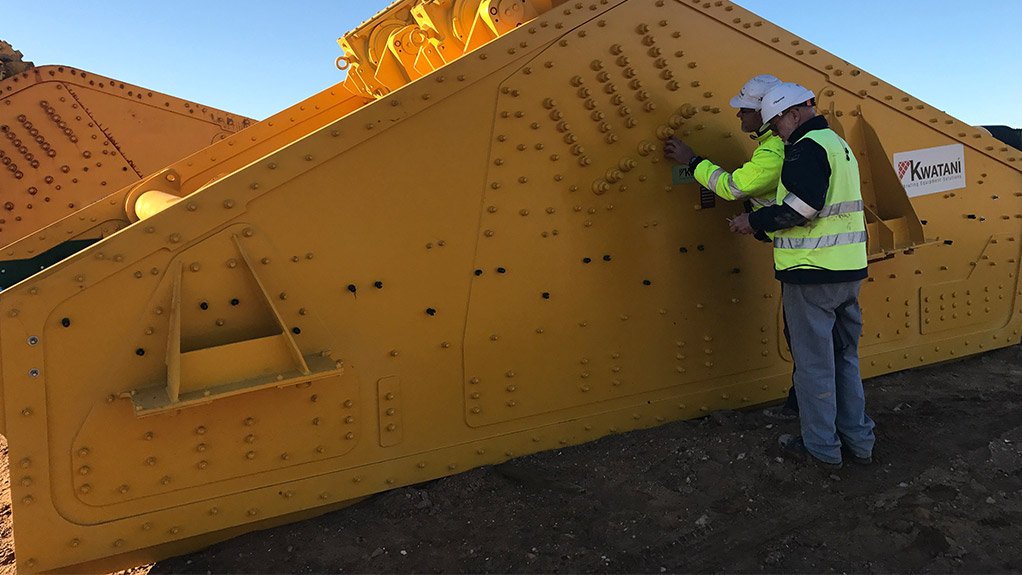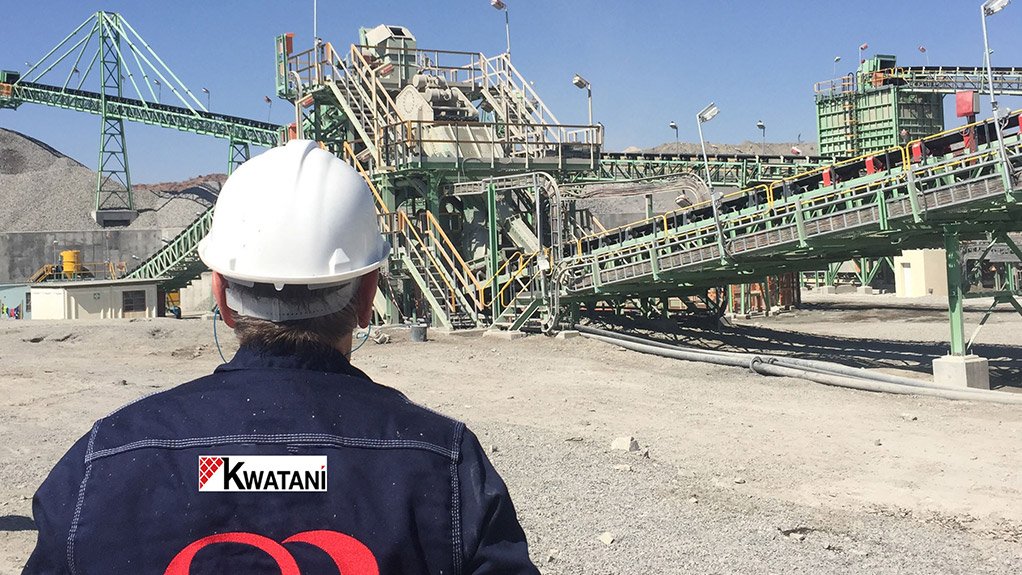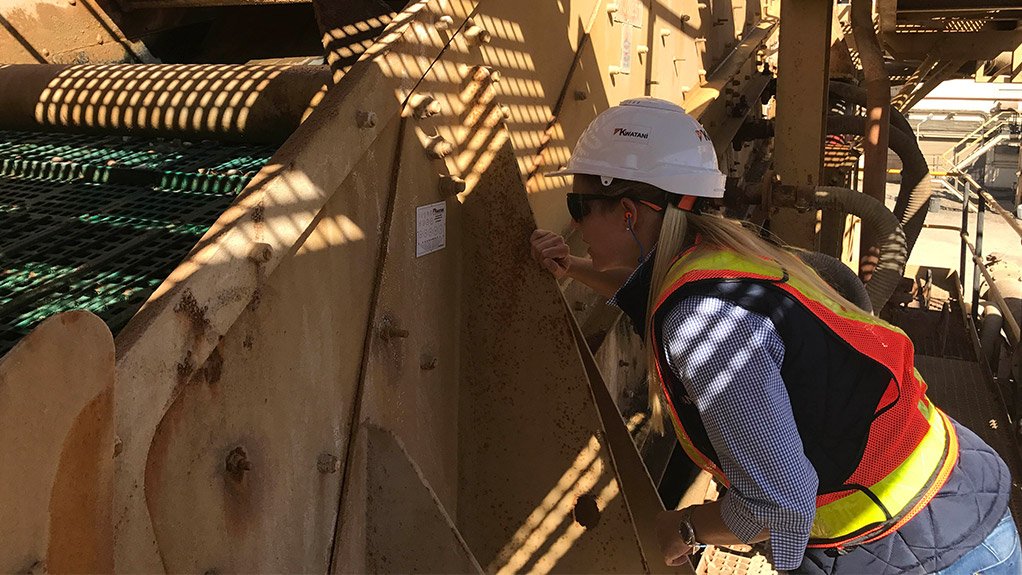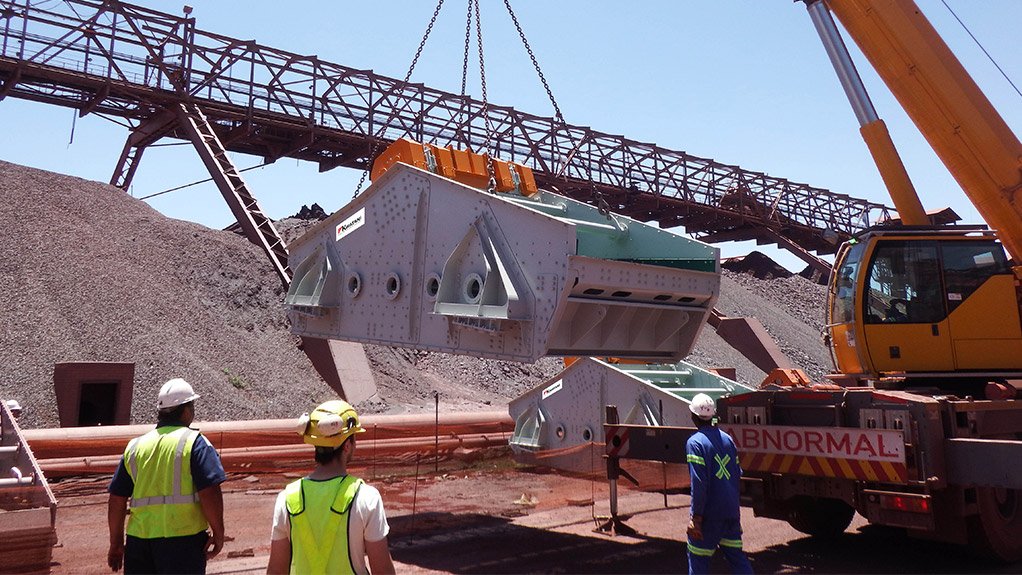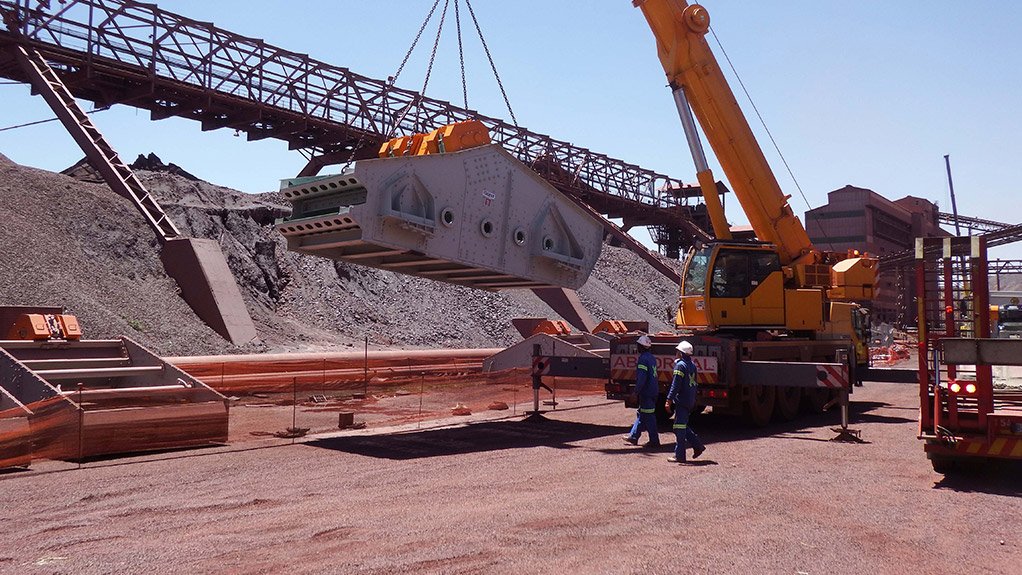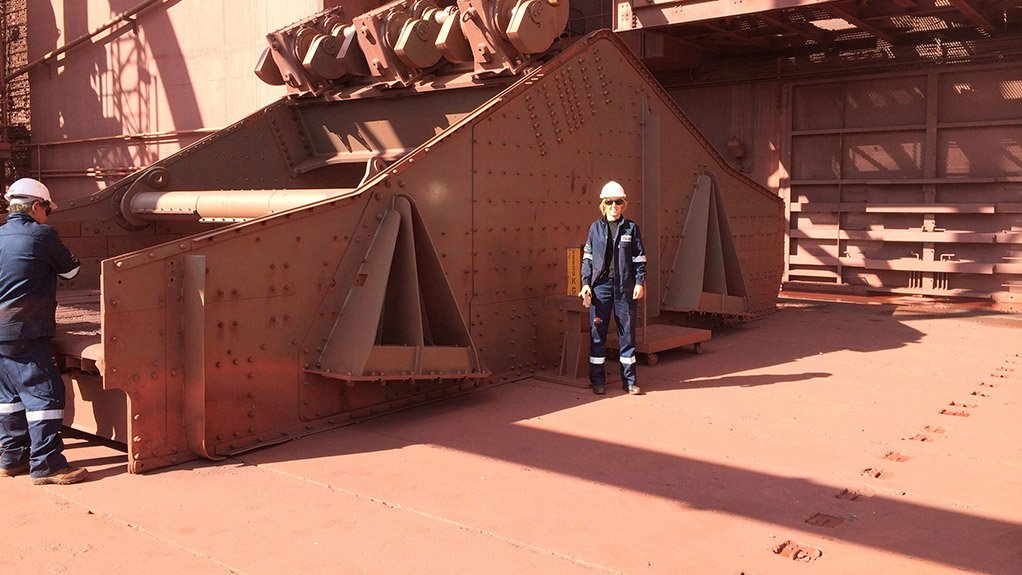- The OEM (0.02 MB)
/ MEDIA STATEMENT / This content is not written by Creamer Media, but is a supplied media statement.
Cost pressures often force mines to make difficult decisions about how they approach the maintenance of their vibrating screens; OEMs can ease the trade-offs by offering solutions that match customers’ specific needs and resources, according to Kwatani CEO Kim Schoepflin. The OEM was previously known as Joest.
“While most mines have been through a difficult period, each one has had to deal with it in its own way,” says Schoepflin. “As an OEM, we need to understand their specific conditions and constraints before we can build a solid partnership that works for both parties.”
She says it’s about adopting a consultative approach when dealing with customers, not just taking them a catalogue of products and services. Listening carefully to the customer is vital, to learn what their challenges and limitations are.
Mines have tended to cut capital expenditure as a result of depressed commodity prices, which means that the working life of equipment, like screens, is being extended. At the same time, however, the necessary maintenance is often also cut back, creating serious risk of failure and unscheduled downtime.
“A vibrating screen is one of the smaller and less costly items in a plant, but it is a critical element that can bring a whole module, or even the entire plant, to a standstill if it fails unexpectedly,” she says.
“At Kwatani, we typically start our intervention with an on-site audit to assess the situation in a plant, beginning with a look at the mechanical state of the vibrating equipment in its operational and non-operational state.”
A visual inspection allows any damage to the steel section or wear to be identified. The next question is whether the equipment is performing to expectation in terms of recoveries, tonnages and efficiencies.
“We also ask whether there have been any changes in the upstream process,” says Schoepflin. “This is to check whether the feed that the vibrating machine is receiving is still in line with the original specification of the unit; ore bodies often change, and this can affect the material and the processing requirements. We need to establish whether the equipment is actually still fit for the purpose for which it was designed.”
This leads to a list of issues that must be addressed, which in turn must be prioritised; starting with any vibrating machine that is close to destruction as costly downtime due to sudden failure must be decisively avoided. Refurbishment of the equipment by the OEM is usually significantly more cost effective, compared to a new replacement, when it is performed timeously.
“On the basis of this assessment and the resulting priority areas, we then agree on an action plan with the mine that takes into account their human and financial resources,” she says. “Low commodity prices have also meant that mines have lost vital skills to operate and service their equipment.”
Along with many maintenance positions on mines being consolidated to aid cost cutting efforts, there are also high levels of staff turnover; for OEMs, this means often having to deal with new and inexperienced staff who needs considerable support in guiding the maintenance process.
“The maintenance teams are frequently responsible for a wide range of different equipment, and lack the specialised knowledge that is so crucial to keeping vibrating screens performing optimally,” she says.
“This is an area where close and ongoing contact between the mine and the OEM is crucial to achieving the lowest possible ownership cost over the life of the machine.”
Edited by: Creamer Media Reporter
EMAIL THIS ARTICLE SAVE THIS ARTICLE
ARTICLE ENQUIRY
To subscribe email subscriptions@creamermedia.co.za or click here
To advertise email advertising@creamermedia.co.za or click here









